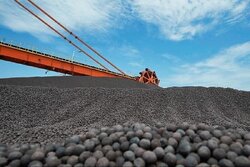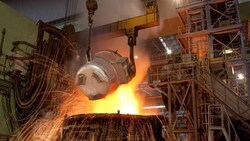
Strong growth in Iran’s steel exports despite decline in production
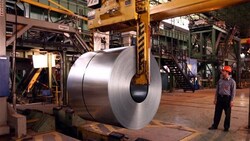
Iranian steelmakers have registered higher exports although their production levels had decreased, latest data released by the Iranian Steel Producers Association show.
A total of 5.19 million tons of semi-finished steel products were exported from Iran in the first nine months of the current fiscal year (March 21-Dec. 21), up 16% compared with the previous year’s similar period.
Billet and bloom had the lion’s share of semis exports with an aggregate of 3.47 million tons, 1% higher than the previous year’s corresponding period.
Slab exports amounted to 1.72 million tons during the period, up 67% year-on-year.
Exports of finished steel products grew by 25% to 2.48 million tons during the nine months.
Rebar accounted for the largest portion of finished steel products exported from Iran during the period, with 1.77 million tons. The total volume of Iran’s rebar exports experienced a 44% growth compared with the same period of last year.
Beam exports amounted to 111,000 tons during the period under review, down 20% YOY.
About 145,000 tons of L-beam, T-beam and other types were also exported from Iran during the period, down 1% YOY.
Hot-rolled coil exports amounted to 354,000 tons, registering a 9% decline compared with the year before.
Cold-rolled coil with 15,000 tons registered a 40% decline year-on-year and coated coil with 85,000 tons, up 44% YOY, was the other finished steel product exported from Iran.
Exports of direct-reduced iron increased by 92% YOY to 869,000 tons, ISPA figures show.
DRI, also known as sponge iron, is produced from the direct reduction of iron ore in the form of lumps, pellets or fines by a reducing gas. It can be processed to create wrought iron.
Iran and India are the world’s biggest producers of DRI.
Source: ICCIMA


Gold price eases after Trump downplays clash with Fed chair Powell

Copper price hits new record as tariff deadline looms

Brazil producers look to halt pig iron output as US tariff threat crimps demand

Three workers rescued after 60 hours trapped in Canada mine

Gold price could hit $4,000 by year-end, says Fidelity

US targets mine waste to boost local critical minerals supply

Energy Fuels surges to 3-year high as it begins heavy rare earth production

Glencore workers brace for layoffs on looming Mount Isa shutdown

Chile’s 2025 vote puts mining sector’s future on the line

Kinross divests entire 12% stake in Yukon-focused White Gold

Gold price could hit $4,000 by year-end, says Fidelity

Southern Copper expects turmoil from US-China trade war to hit copper

Ramaco Resources secures five year permit for Brook rare earth mine in Wyoming

Column: EU’s pledge for $250 billion of US energy imports is delusional

Finland reclaims mining crown as Canada loses ground

Gold price down 1% on strong US economic data
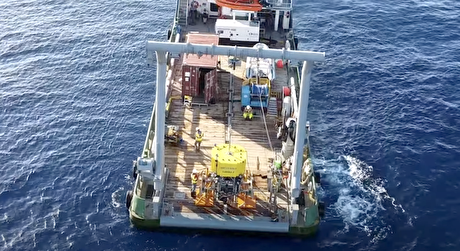
Trump’s deep-sea mining push defies treaties, stirs alarm

Chile’s 2025 vote puts mining sector’s future on the line

Gold price retreats to near 3-week low on US-EU trade deal

Gold price could hit $4,000 by year-end, says Fidelity

Southern Copper expects turmoil from US-China trade war to hit copper

Ramaco Resources secures five year permit for Brook rare earth mine in Wyoming

Column: EU’s pledge for $250 billion of US energy imports is delusional

Gold price down 1% on strong US economic data

Trump’s deep-sea mining push defies treaties, stirs alarm

Chile’s 2025 vote puts mining sector’s future on the line

Gold price retreats to near 3-week low on US-EU trade deal
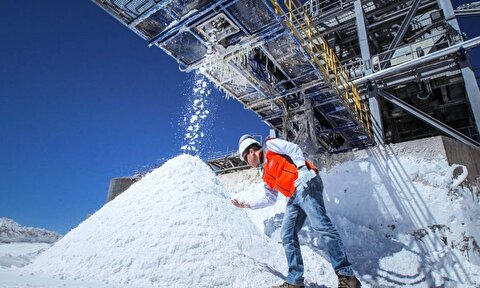
China’s lithium markets gripped by possible supply disruptions

